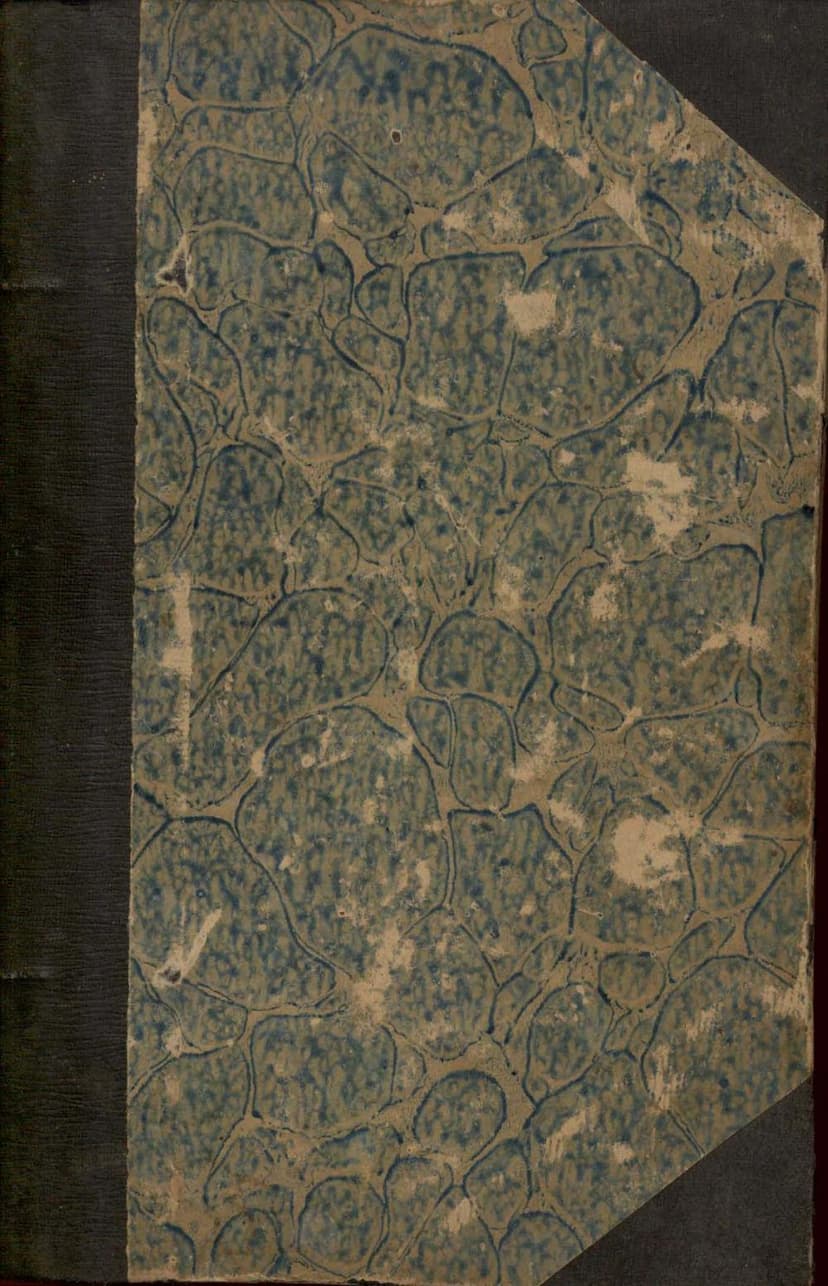Jain Sahityama Vikar Thavathi Thayeli Hani
Added to library: September 2, 2025

Summary
This document is a summary in English of the Gujarati Jain text "Jain Sahityama Vikar Thavathi Thayeli Hani" (The Harm Caused by Corruption in Jain Literature) by Bechardas Doshi. The book critically analyzes the changes and deviations that have occurred in Jain literature and practices over time, leading to a decline in its original purity and spirit.
Here's a breakdown of the key themes and arguments presented in the text:
1. The Nature of Literature and its Corruption:
- The author begins by explaining that literature, unlike living beings, is an inanimate product and therefore its purity or corruption lies with its creator. Just as a child's qualities reflect the parent, literature's state depends on the author.
- He defines "Sahitya" (literature) in multiple ways, but in this context, he focuses on written texts and scriptures.
- The author emphasizes that understanding the corrupted state requires understanding the original pure state of literature. He believes that Jain scriptures have undergone significant changes due to historical circumstances, interpretations, and the passage of time.
2. Historical Context and Changes in Jain Scriptures:
- The author traces the history of Jain scriptures, starting from Lord Mahavir's time. He notes that initially, teachings were transmitted orally and memorized.
- He highlights the impact of events like severe famines (like the one during which the Agamas were compiled) and the resulting fragmentation of knowledge.
- He points out that scriptures were compiled over centuries, and over time, language, meanings, and even the context were altered, leading to deviations from the original teachings.
- The author uses the example of the Anga Sutras and how they evolved, suggesting that the current form may not perfectly represent Mahavir's original pronouncements.
3. The Role of Sectarianism and Dogmatism:
- A significant portion of the text criticizes the emergence of sectarian divisions (Śvetāmbara and Digambara) and their subsequent interpretations and practices.
- He argues that the strict adherence to certain practices, like nudity by Digambaras or the specific rules regarding clothing and vessels by Śvetāmbaras, became rigid dogmas rather than flexible guidelines.
- The author strongly criticizes the "Chaitravada" (worship of shrines/relics) and "Devadravya-vada" (worship of deities and accumulation of wealth for them) as later developments that corrupted the original teachings of non-possession and detachment.
- He asserts that the original meaning of "Chaitya" referred to memorial structures or sacred trees related to the deceased, not idol worship as it is practiced today. He traces the evolution of the term to temples and idols, linking it to the influence of other religions and later interpretations.
4. Critiques of Present-Day Jain Practices:
- The author expresses strong dissatisfaction with the current state of affairs in the Jain community.
- He criticizes the excessive focus on rituals, wealth accumulation, elaborate temple construction, and idol decoration, arguing that these have overshadowed the core principles of Jainism like non-violence, equanimity, and detachment.
- He laments the commercialization of religious practices, the disconnect between the lives of monks and the original strict ideals, and the growing indifference towards the true spirit of the teachings.
- He points out the hypocrisy where certain practices are permitted for monks, while the same might be condemned in lay followers.
- He criticizes the introduction of practices not originally found in the core scriptures, attributing them to later traditions and sectarian interests.
5. The Influence of External Factors and Later Interpretations:
- The author suggests that the influence of Buddhism, particularly the "Middle Path" advocated by Buddha, might have played a role in the softening of some Jain practices.
- He suggests that the strictness of Mahavir's original path might have been too challenging for some followers, leading to the adoption of more accessible interpretations.
- He criticizes commentators and later acharyas for deviating from the original intent of the scriptures to suit their own sectarian agendas or the prevailing societal norms.
6. The Call for Return to Original Principles:
- Throughout the text, the author calls for a return to the core principles of Jainism, emphasizing the importance of understanding the original scriptures and Mahavir's life and teachings accurately.
- He urges the community to move beyond rigid adherence to later interpretations and sectarian divisions, and to embrace the spirit of non-violence, equanimity, and detachment.
- He concludes with a plea for the youth to critically examine the current practices and to strive for a return to the original, uncorrupted path, drawing inspiration from figures like Mahatma Gandhi who advocated for simplicity and truth.
In essence, the book is a profound and critical examination of the historical and social factors that have led to the perceived corruption and dilution of Jain literature and philosophy, urging a re-evaluation and return to its foundational principles.